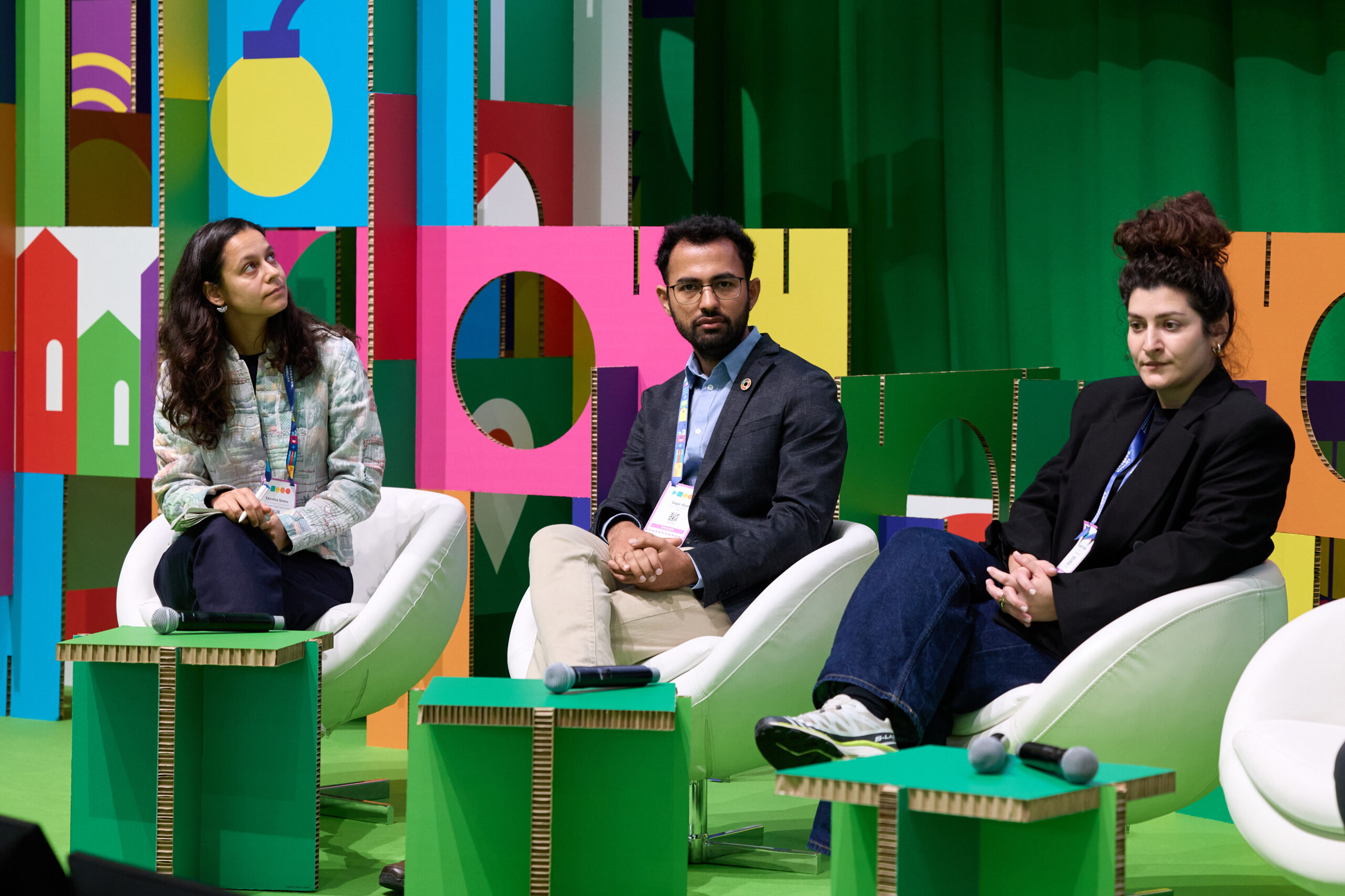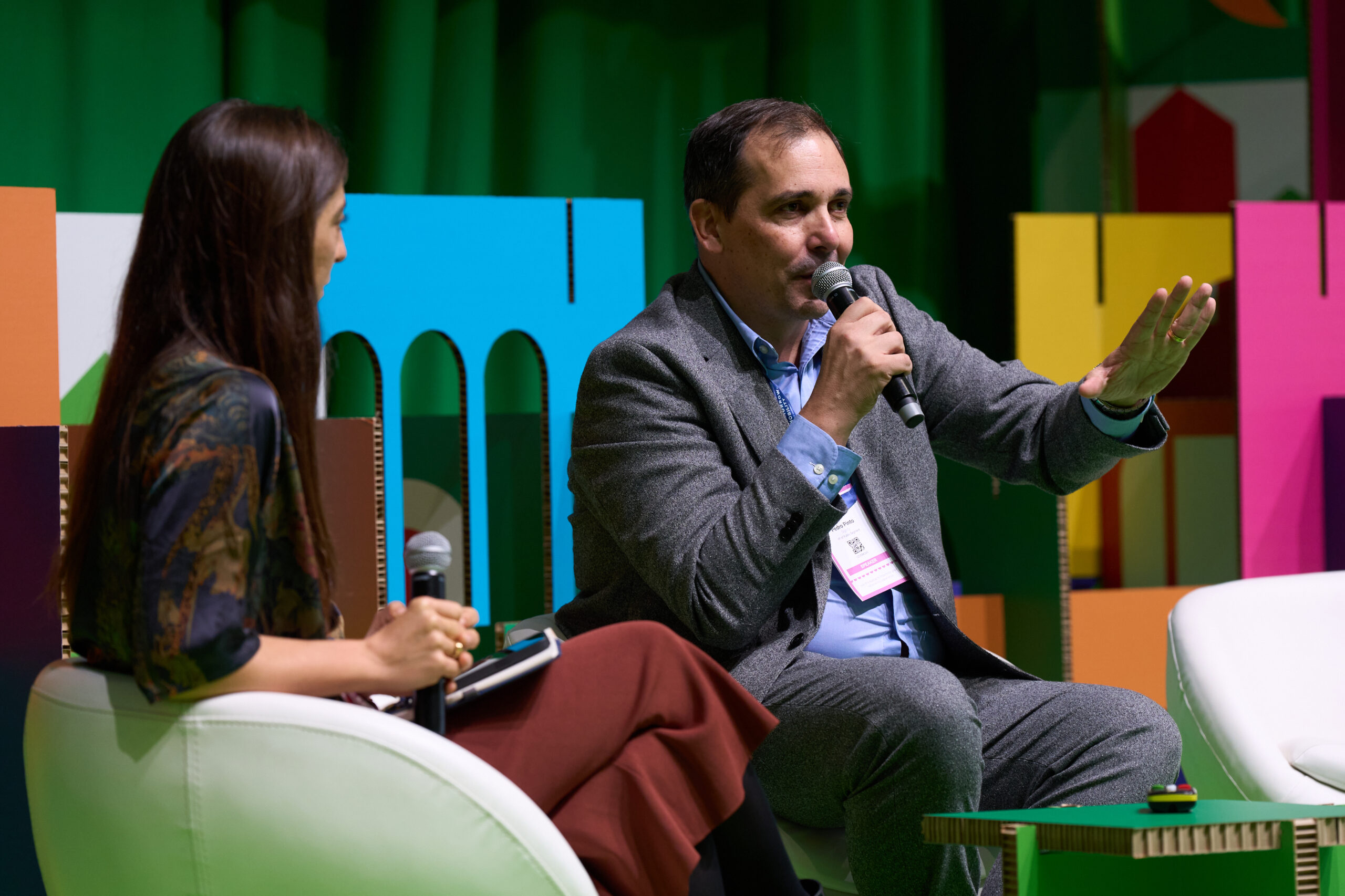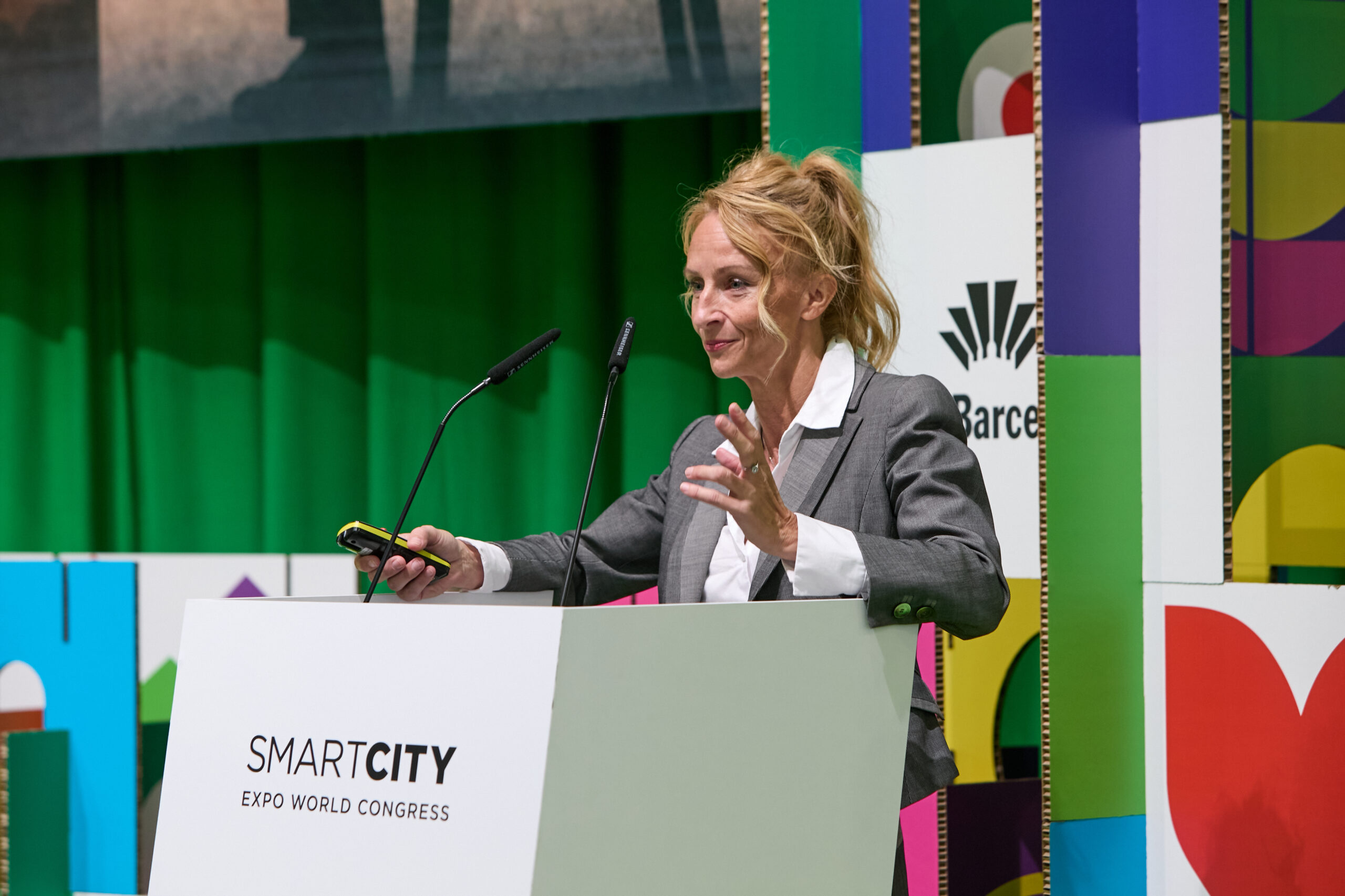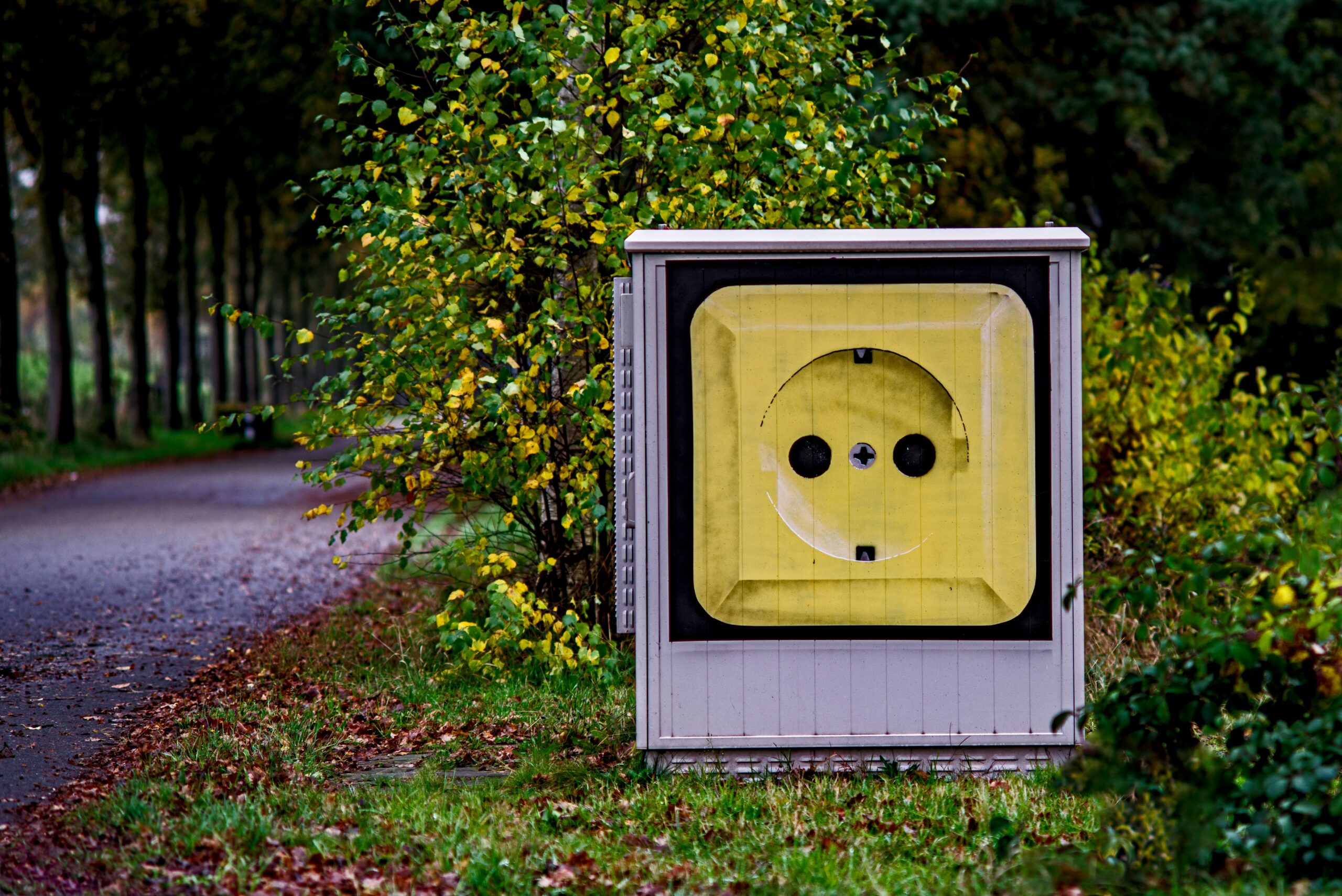Author | M. Martínez Euklidiadas
Measuring Scope 3 emissions is an unavoidable milestone in the company and city journey to Net Zero, because what cannot be measured does not exist. In a world that urgently requires the decarbonization of human activities and renewable solutions, measuring pollution is the first step.
What are scope 1, 2 and 3 emissions?
The Scopes are synthetic indicators that seek to encompass all the emissions associated with certain entities. It is a summary that groups together the impacts of greenhouse gas emissions, generally expressed as CO~2eq~.
For these greenhouse gas measurements to be useful to companies, governments, cities, etc., they have to follow the methodology regulated in the GHG Protocol, the greenhouse gas accounting and reporting standards, which are internationally accepted.
The Scope 3 measurement has been crucial in the investigation of the science of attribution in order to determine the responsibility of certain companies with regard the current climate crisis, and the measurement is often performed by entities that monitor emissions.
Scopes 1, 2 and 3 in the greenhouse gas inventories of entities and companies
To analyze companies’ greenhouse gas emissions (generally large companies for which it is mandatory to perform this calculation) the GHG Protocol Corporate Accounting and Reporting Standard document can be followed. What do Scopes 1, 2 and 3 include?
● Scope 1 corporate. It measures direct greenhouse gas emissions attributed to the company under analysis, namely, those emitted by elements owned by the company. For example, Scope 1 must include emissions resulting from all the company’s vehicles, and temperature control systems that emit greenhouse gases.
● Scope 2 corporate. These take into account indirect emissions associated with the production of the energy used by the company. A simple way of reducing this impact is by migrating to a distribution company that only works with renewable and zero carbon energy sources.
● Scope 3 corporate. Those produced in a company’s value chain, but which are not under the direct control of the company. These are greenhouse gas emissions that are exceptionally difficult to measure since they fall outside of many of the company’s competencies.
For these companies, the scopes can be summarized as upstream in the corporate value chain (Scopes 2 and Scope 3), direct emissions (Scope 1) and those that are downstream in the corporate value chain (Scope 3).

Scopes 1, 2 and 3 in the inventory of urban emissions
As highlighted in the GHG Protocol for Cities, the different scopes for measuring urban emissions are redefined as follows:
● Scope 1 urban. GHG emissions from sources located within the perimeters of the city. For example, heating homes through the combustion of gas.
● Scope 2 urban. GHG emissions produced as a result of the use of electricity, heat, steam and/or refrigeration supplied by the grid within the perimeters of the city.
● Scope 3 urban. All the other GHG emissions produced outside the perimeters of the city as a result of activities that take place within the perimeters of the city.
Why are Scope 3 emissions so important?
Greenhouse gas emissions tend to follow patterns like the Pareto principle, with 10/20/70 distributions common in Scope 1, Scope 2 and Scope 3, respectively. Scope 3 tends to be bigger than the other two but also much more elusive.
Examples of Scope 3 in companies and how to reduce them
One of the factors of Scope 3 in companies is the impact related to extracting, processing or transporting raw materials. Using recycled raw materials is not the same as using extracted materials.
A second example would be the type of energy used by employees to get to their workplace. Emissions resulting from commuting are notably different depending on the mode of transport.
Another factor would be what customers do with a particular manufactured item once they have acquired it. These impacts are, in theory, outside the scope of companies, although there are ways of reducing them.
Acquiring raw materials with low energy/incorporated emissions; locating companies close to public transport or active transport networks; or including information on good use, are some possibilities.
Examples of Scope 3 in cities and how to reduce them
In an urban context, imagine a city that has a power station based on combustion engines within its municipal perimeter (Scope 1), which also purchases and burns fossil fuels for its industry (Scope 2) and which has a layer of smog supplemented with an interurban transport system based on cars (Scope 3).

Obviously the first two scopes have a more direct solution: change the thermal plant to a wind or photovoltaic plant, and purchase clean energy. Scope 3 is more complex, because it requires changing the way people move about the city, taking away space from cars and giving it to public transport, which requires greater dialogue between city councils.
What is the relationship between Scopes and Net Zero?
Measuring emissions through a GHG inventory is one of the first steps towards reducing emissions and achieving Net Zero. Scope 3 is particularly important in the Net Zero journey since many of its emissions are hidden until a particular methodology is applied.
What are the benefits of reducing Scope 3 emissions for companies or cities? Why should we calculate these scopes?
It is clear that cities that reduce local or peripheral emissions will have a cleaner air and, yet, often they do not have enough incentives to do so.
The measurement of Scope 3 emissions is often voluntary and, given how cheap it is to pollute and how little the negative external factors associated with GHG emissions are internalized, the reduction of these Scopes is often more common in areas such as marketing or good press, rather than in accounts.
The good news is that the mere fact of measuring these impacts helps create an image of how we are polluting, so that policies can be applied to reduce emissions. As mentioned before: what cannot be measured, does not exist.
Images | Mark Stosberg, Ana Paula Grimaldi, Alejandro Orozco






















































